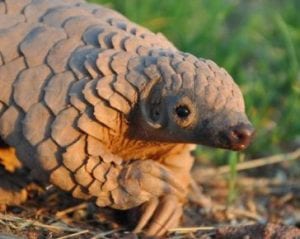Feb 26, 2020 Impact of the Coronavirus Outbreak on Wildlife
Posted at 09:20h
Health authorities around the world are now bracing to deal with the growing threat of the latest coronavirus zoonosis. But there are already silver linings beginning to appear on this particular dark cloud. The Chinese government very recently (and very quickly) passed a new nationwide law banning the consumption of meat from all wild animals (whether imported or grown domestically). It is still unclear how this law will be implemented but the reported 20,000 farms inside China raising wild animals to serve the demand for “wild” meat are very anxious.

Photo by: REST-Maria Diekmann Pangolin meat is a delicacy in China however, it was considered to be a source of the latest coronavirus outbreak.


